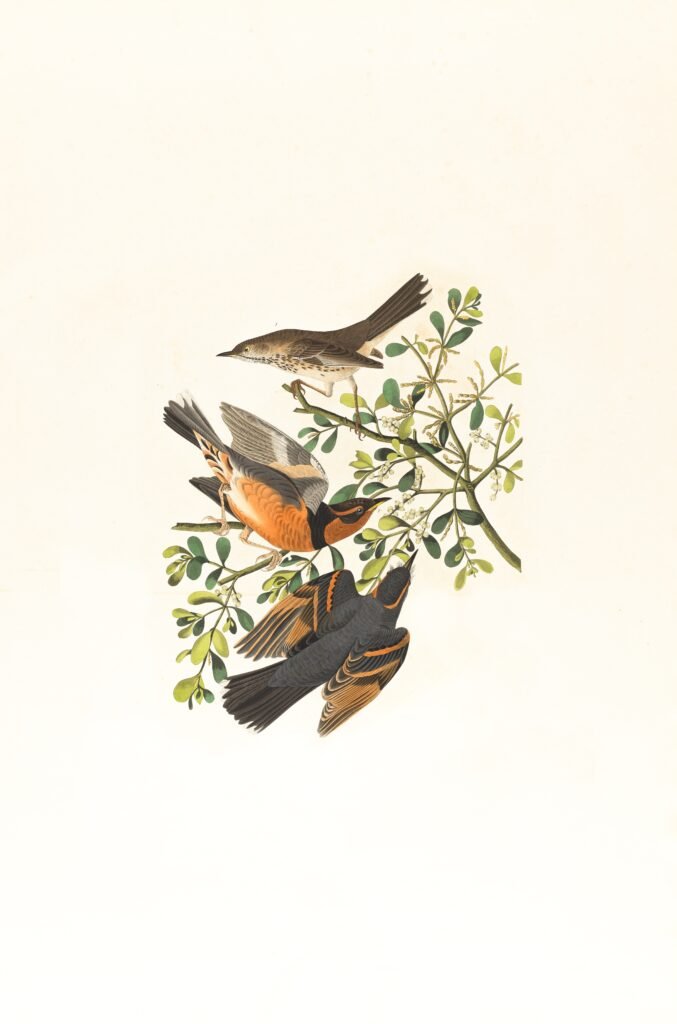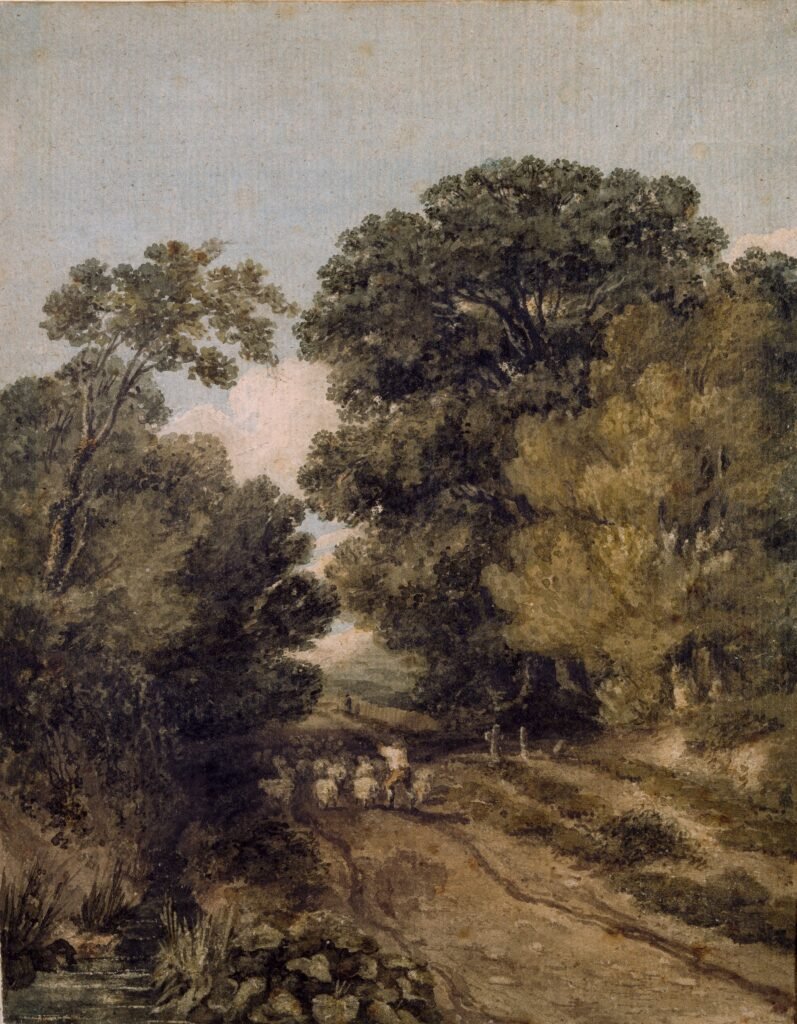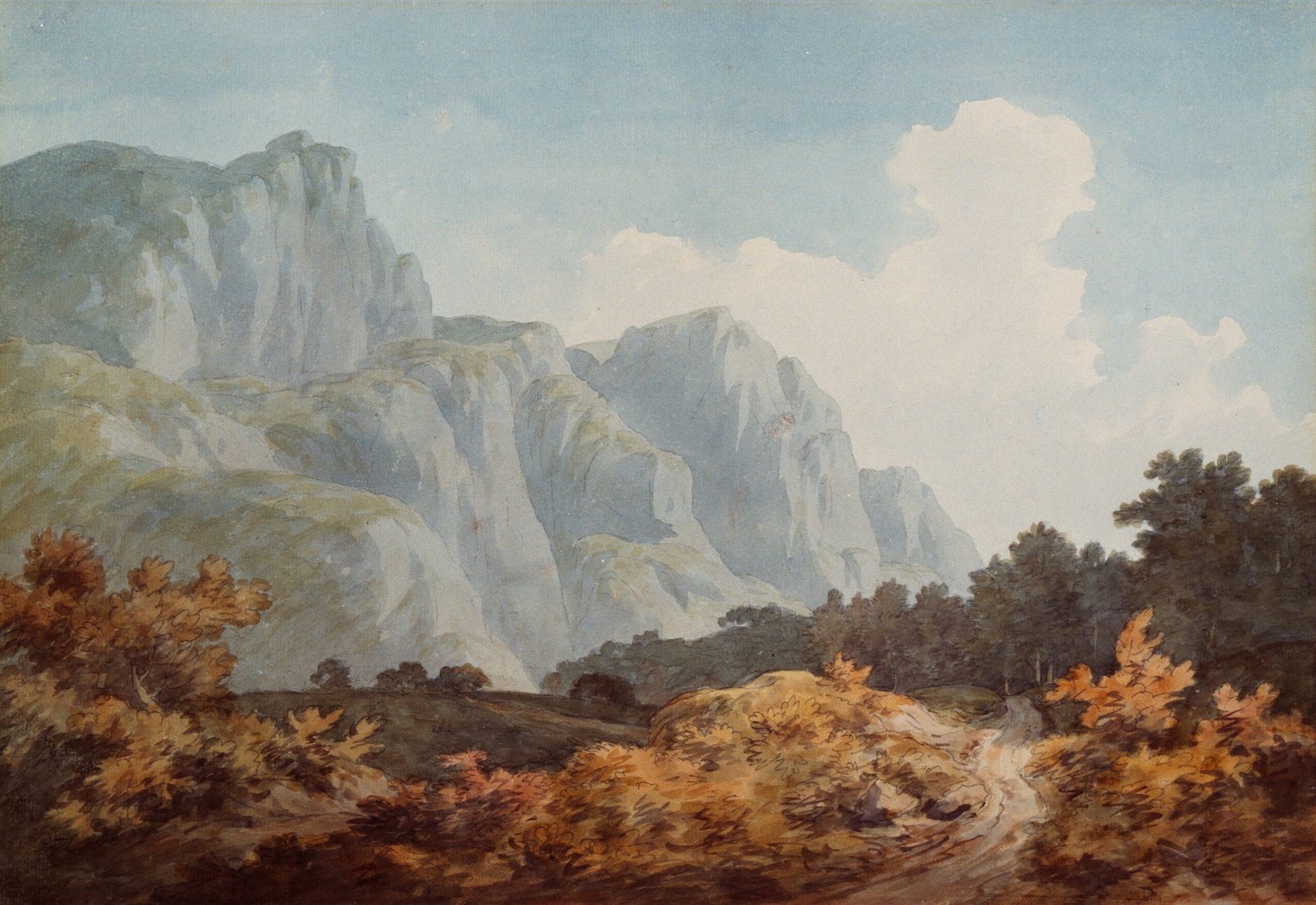In this article, you will discover the wonderful world of publishing a coloring book. From concept to completion, we will guide you through the step-by-step process of bringing your artistic visions to life on the pages of a coloring book. Whether you are a seasoned artist or someone who simply loves coloring, this article is packed with valuable tips and tricks to help you turn your creativity into a published masterpiece. So, grab your pencils and get ready to embark on an exciting journey into the world of coloring book publishing!
Choosing a Theme for Your Coloring Book
When it comes to creating a coloring book, the first step is to decide on the target audience. Who do you envision using your coloring book? Is it meant for children, adults, or both? Determining the target audience will help guide you in choosing an appropriate theme that appeals to their interests and preferences.
Once you have identified your target audience, it’s time to identify popular trends in the coloring book market. Analyze what themes are currently popular and in demand. This could be anything from animals and nature to fantasy and mindfulness. By incorporating popular trends into your coloring book, you increase the likelihood of attracting potential customers who are already interested in these themes.
While it’s essential to consider popular trends, it’s also crucial to select a unique and engaging theme for your coloring book. Think outside the box and brainstorm ideas that are not already saturated in the market. Is there a niche interest or a creative twist you can incorporate into your theme? The goal is to create something that stands out and captures the attention of your target audience.
Creating and Designing Your Coloring Pages
Now that you have chosen your theme, it’s time to start bringing your coloring book to life by creating and designing your coloring pages. The first step is to sketch your designs. Grab a pencil and paper and start exploring different ideas and concepts related to your chosen theme. Don’t worry about perfection at this stage; focus on capturing the essence of your theme.
Once you have your basic sketches, it’s time to add details and patterns. Consider what elements will enhance the overall design of your coloring pages. Add intricate patterns, textures, and shading techniques to make your pages visually captivating. Remember, the more engaging and intricate the designs, the more enjoyable and satisfying the coloring experience will be for your audience.
After finalizing your hand-drawn designs, it’s time to digitize them. Use graphic design software or a scanner to create digital versions of your coloring pages. This step allows you to refine your designs further, make necessary adjustments, and ensure high-quality printing in the future.

Choosing the Right Paper and Printing Options
Selecting the appropriate paper type is crucial for creating a high-quality coloring book. Consider factors such as thickness, texture, and durability. Thicker paper prevents colors from bleeding through to the next page, while a textured surface adds a tactile element to the coloring experience. Choose a paper type that complements your designs and provides an optimal coloring surface for your target audience.
Deciding on the paper size is another important consideration. Common sizes for coloring books are 8.5″ x 11″ or 9″ x 12″ as these provide ample space for coloring and allow for easy framing if desired. However, you can also experiment with different sizes to make your coloring book stand out from the crowd. A unique size can add novelty and visual appeal to your book.
When it comes to printing, there are different methods to choose from. Offset printing is ideal for large print runs, providing high-quality and cost-effective results. Digital printing, on the other hand, is more suitable for small print runs or print-on-demand services. Consider your budget, desired quantity, and quality requirements when deciding on a printing method.
Layout and Page Organization
Planning the layout of your coloring book pages is essential to create a cohesive and enjoyable coloring experience. Consider the flow and progression of your designs. Do you want a particular order or themes to follow? Think about how the coloring book will be used and what page combinations would work well together.
Organizing the pages in a logical manner is equally important. Group related designs or themes together for easier navigation. You can also consider adding dividers or section breaks to further enhance the organization of your coloring book. A well-structured layout will make it easier for your audience to find their favorite designs and contribute to a satisfying coloring experience.

Creating a Cover Design
The cover of your coloring book is the first impression potential buyers will have, so designing an eye-catching front cover is essential. Incorporate elements from your theme that will immediately grab the attention of your target audience. Use vibrant colors, bold typography, or visually striking imagery to make your cover visually appealing.
Make sure to prominently feature the title of your coloring book on the cover. Select a font that matches the theme and is easily readable. You should also include the name of the author or illustrator to establish credibility and brand recognition. The combination of title and author’s name should create a visually pleasing and captivating composition.
Choosing complementary colors and elements for your cover design is crucial as well. Consider the psychology of colors and their associations with different emotions or concepts. Select a color scheme that aligns with your theme and enhances its overall visual appeal. Additionally, incorporate relevant elements or illustrations that give potential purchasers an idea of what they can expect inside the coloring book.
Formatting and Preparing Your Files for Printing
Before sending your coloring book files off for printing, it’s important to ensure they are properly formatted and prepared. Resize and crop your pages to fit the chosen paper size, ensuring no important details are cut off during the printing process. Pay attention to the margins and bleeds to prevent any unintentional cropping or white borders.
Setting the correct color mode is crucial for achieving accurate and vibrant colors in your printed coloring book. Convert your files to CMYK color mode, which is the standard for printing, to maintain color consistency. This step guarantees that the colors you see on your computer screen closely match the final printed result.
Exporting your files in the appropriate format is the final step in preparing them for printing. Save your pages as high-resolution PDF files, which ensure the best quality and compatibility with most printing systems. Check with your chosen printing company for any specific file requirements they may have.

Finding a Printing and Manufacturing Partner
When it comes to printing and manufacturing your coloring book, it’s essential to find a reliable and high-quality printing partner. Start by researching printing companies that specialize in book printing. Look for companies with experience in producing coloring books and positive customer reviews. Consider their printing capabilities, turnaround times, and pricing options.
Request printing quotes from several potential partners to compare prices and determine which offers the best value for your budget. Take into account factors such as printing quality, paper options, and additional services they may provide, such as binding or packaging. Remember, it’s not just about finding the lowest price; it’s about finding a balance between quality and cost-effectiveness.
Assess the quality and reputation of potential partners before making a decision. Ask for samples or examples of their previous work to ensure they can bring your coloring book vision to life. Read reviews and testimonials from other clients to get an idea of their reliability, professionalism, and commitment to customer satisfaction.
Understanding Copyright and Legal Considerations
As an artist and creator, it’s important to protect your original artwork and respect the copyright of others. Securing copyright for your original designs can provide legal protection and prevent others from using or reproducing your work without permission. Consider consulting with a lawyer or copyright expert to fully understand the process and requirements for copyright registration.
When creating your coloring book, it’s crucial to avoid infringement of existing copyrighted material. Ensure that all of your designs are original and do not copy or imitate artwork that is already protected by copyright. Research existing copyrights related to your theme or subject matter to ensure you are not unintentionally infringing on someone else’s intellectual property.
Including proper disclaimers and acknowledgments in your coloring book is also important. Clearly state that the designs are for personal use only and should not be reproduced or sold without permission. If you have used any reference material or resources in the creation of your coloring book, give proper credit to the original creators or sources.
Marketing and Promoting Your Coloring Book
Once your coloring book is ready for sale, it’s time to create a marketing strategy to reach your target audience and generate sales. Start by identifying your target market and understanding their preferences and habits. Utilize social media platforms such as Instagram, Facebook, and Pinterest to showcase your coloring book and engage with potential customers.
Consider collaborating with influencers and bloggers who have a following that aligns with your target audience. Send them free copies of your coloring book in exchange for honest reviews or features on their platforms. This can significantly increase the visibility of your coloring book and attract potential buyers.
Beyond online marketing, explore other avenues to promote your coloring book. Attend local art fairs, book fairs, or craft markets to introduce your product to a broader audience. Offer demonstrations or coloring sessions to engage with potential customers directly. Additionally, consider partnering with local bookstores, gift shops, or art supply stores to stock your coloring book.
Distribution and Sales Channels
Identifying potential sales channels is crucial to ensure your coloring book reaches as many customers as possible. Research different options and consider which ones align with your target audience and distribution capabilities. Online marketplaces such as Amazon, Etsy, or your personal website can provide a platform to sell your coloring book globally.
Contact local bookstores and gift shops to discuss the possibility of stocking your coloring book. Attend trade shows or connect with distributors who specialize in art supplies, books, or stationery. These channels can help you reach a larger audience and increase the visibility and sales of your coloring book.
Remember, the process of publishing and distributing a coloring book involves careful planning, attention to detail, and creativity. By following these steps and staying dedicated to your vision, you can create a coloring book that not only showcases your artwork but also brings joy and relaxation to the coloring enthusiasts who will enjoy it. Happy coloring!
















